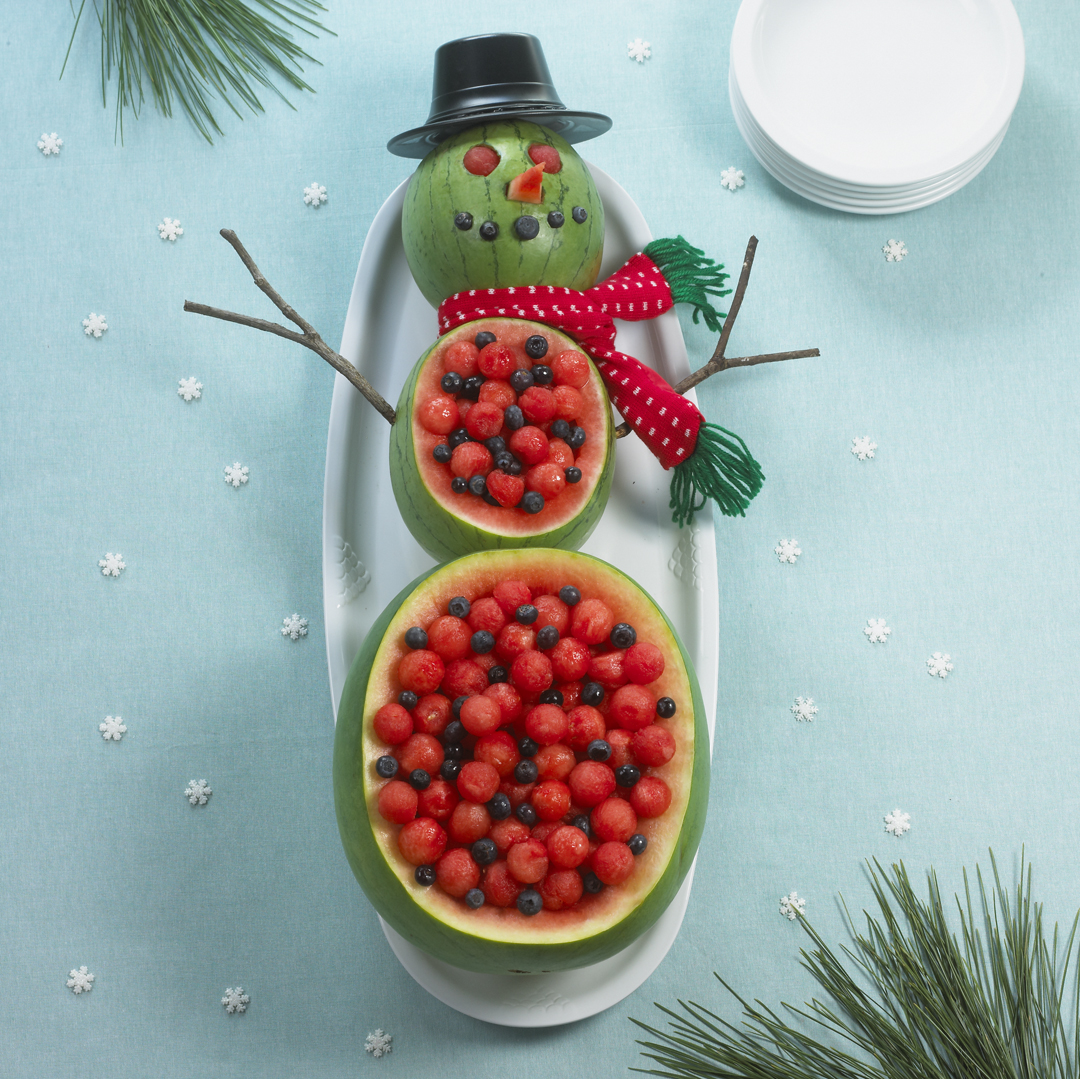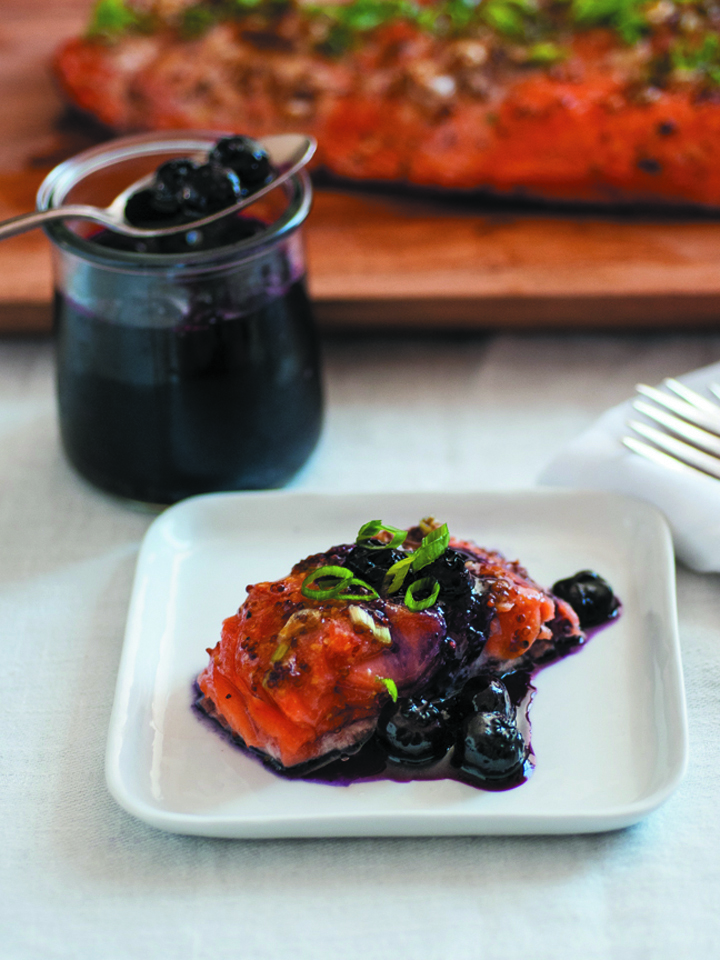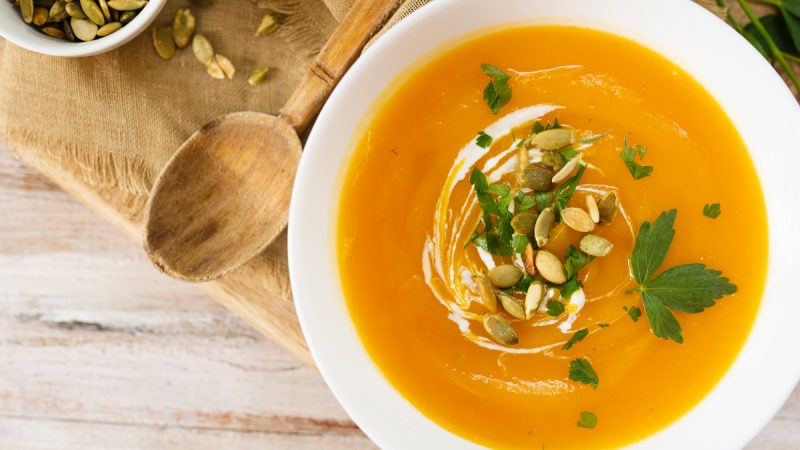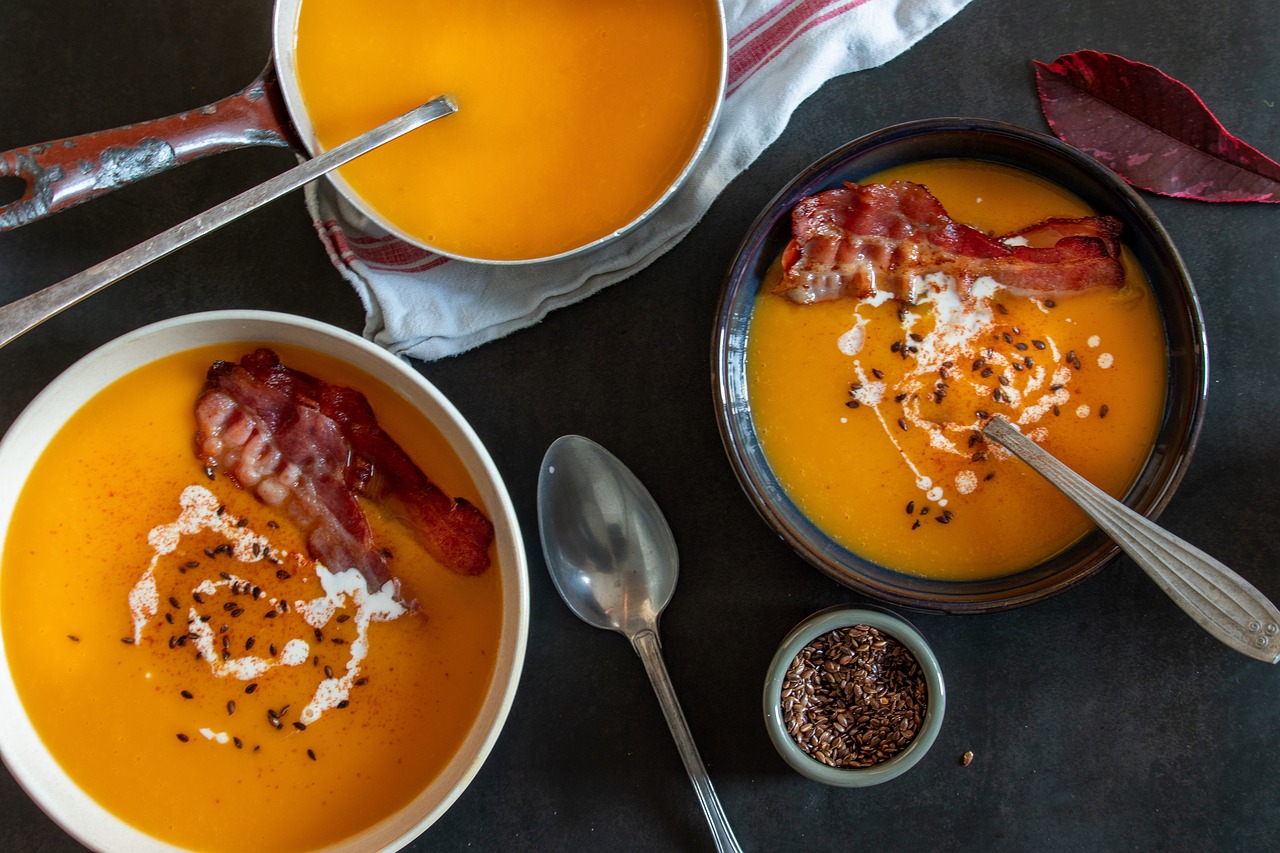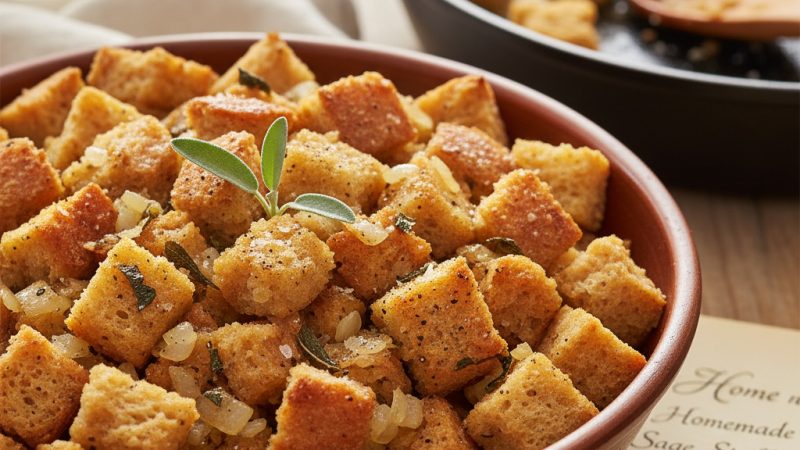10 Tips for The Best Potato Salad of Your Life
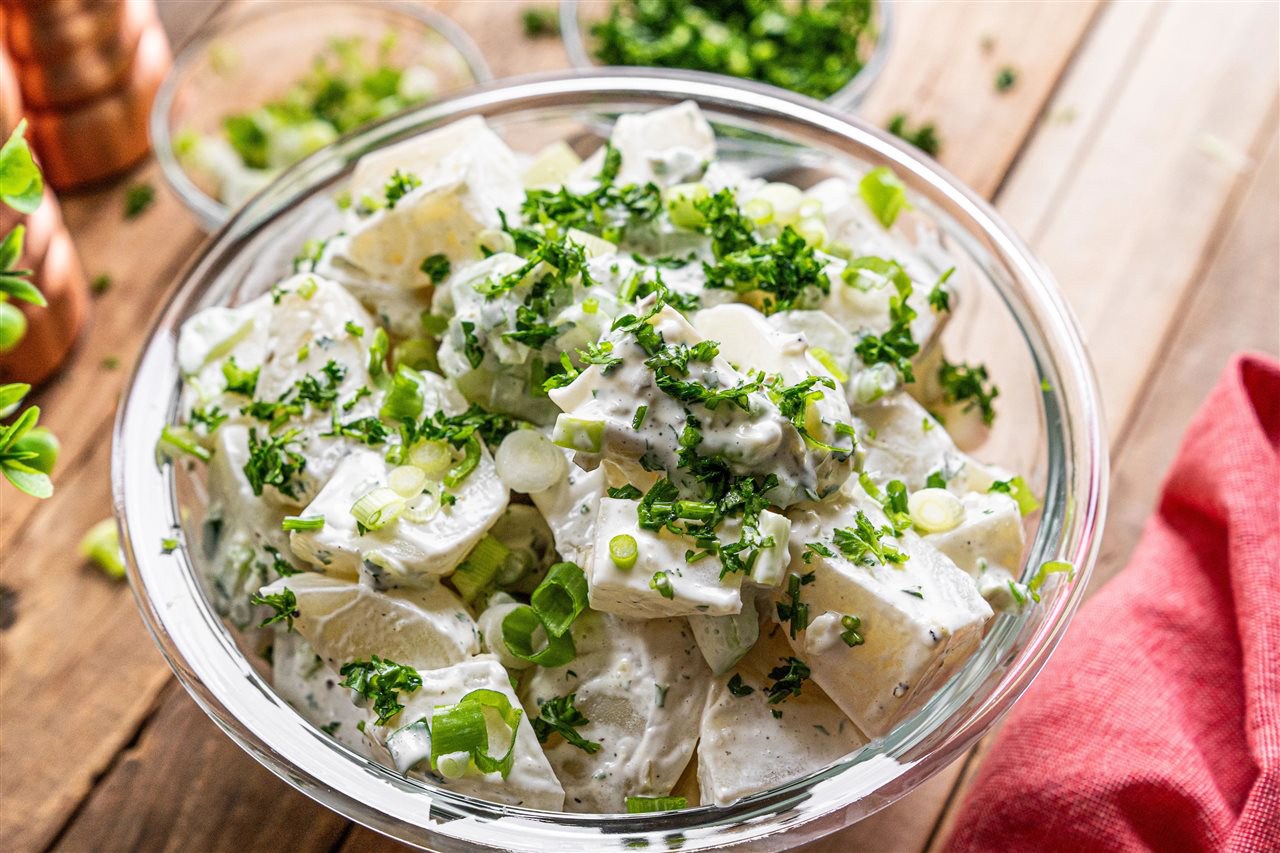
With warmer days come picnics at the park and backyard barbecues — and that means it’s potato salad season! Here are 10 ways to make the best potato salad of your life.
1. Start with the right type of potato.
While any potato can be used for potato salad, russets and yellows are the best options because they can absorb the dressing and flavors the most. Fingerlings and petites can also be good choices, and as a bonus, you don’t have to cut them.
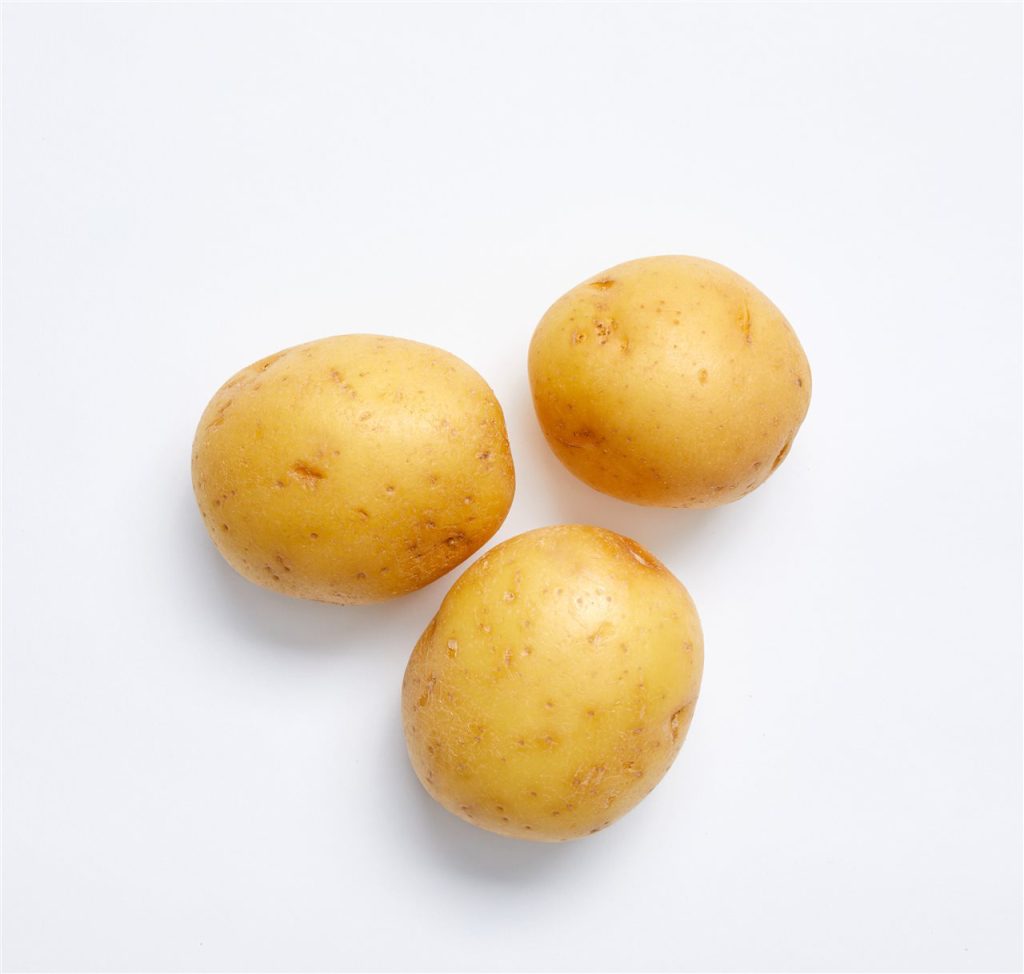
2. Cut and soak potatoes before cooking.
Cut your potatoes into 1.5-2-inch chunks, as consistently as possible. If your chunks are too small, you’ll end up with mashed potatoes. Keep the peel on for extra flavor and nutrients. Soaking your potatoes in cold water before cooking will help prevent oxidation and remove excess starch. Don’t soak them for long — just a minute or two will do the job.
3. Simmer – don’t boil!
Boiling your potatoes will cause them to break apart. Simmer them until they’re fork-tender. However, when in doubt, overcooked is preferable to undercooked.
4. Season the water for added flavor.
Add flavor to the potatoes as they cook. A few recommendations:
- Generously salt your water.
- Use vegetable stock.
- Add lemon juice, garlic and other seasonings to the water.
5. Drain well, but don’t cool completely.
When the potatoes are fork-tender, drain them well and let the steam escape. Get rid of as much excess moisture as you can. But don’t cool completely! While the potatoes are still warm, put them on a baking sheet, and sprinkle on some acid like apple cider, rice wine or red wine vinegars. Pickle juice is another great acid choice! Adding the acid when the potatoes are warm maximizes the flavor.
Avoid white vinegar, which is too strong, or balsamic vinegar, which will add a weird color. Afterward, sprinkle salt over the potatoes, unless you used pickle juice, which is already salty.
6. Make the dressing separately.
No matter what dressing base you choose (e.g., mayo, oil, etc.), don’t combine all the dressing ingredients with the potatoes. Make the dressing in advance and then mix with your potatoes once seasoned. If you’re using a dairy-based dressing, let the potatoes cool before mixing.
A classic potato salad dressing has mayonnaise, mustard and some type of acid (like vinegar or citrus juice) and relish. You want the dressing to have a more liquid consistency before adding it to the dish. The starch in the potatoes will thicken the dressing and make it creamier. Add seasonings like paprika, salt, pepper, parsley and dill to amp up the flavor.
Bonus tip: make a little extra dressing to give new life to leftover potato salad the next day.
7. Choose onions wisely.
Onions are great but avoid harsh yellow and white onions. Green onions tend to work well, and red onions are okay, too – just make sure to dice and rinse them in cold water first!
8. Give it some texture.
For a classic, all-American potato salad, add hard-boiled eggs to get a great mix of textures. Celery is another option to give you some crunch.
9. Serve at room temperature.
Avoid serving cold potato salad in general, but it’s particularly important to bring potato salad with oil-based dressing to room temperature, because oil can harden when chilled.
10. Play with variations on your salad.
Don’t be afraid to play with your food! Try using different flavor profiles and ingredients to spice things up. A current fan favorite is a potato salad inspired by Mexican street corn with cotija cheese, charred corn, lime juice and the perfect amount of heat.
In addition to being delicious, potato salad is a showcase for America’s favorite vegetable. You’ll be happy to know that a medium (5.3 oz), skin-on potato has more potassium than a banana, 3 grams of plant-based protein and almost one-third of the vitamin C we need daily — so enjoy!
To check out more great potato salad recipes, visit PotatoGoodness.com.
Source & Photos. (BPT) https://www.brandpointcontent.com

